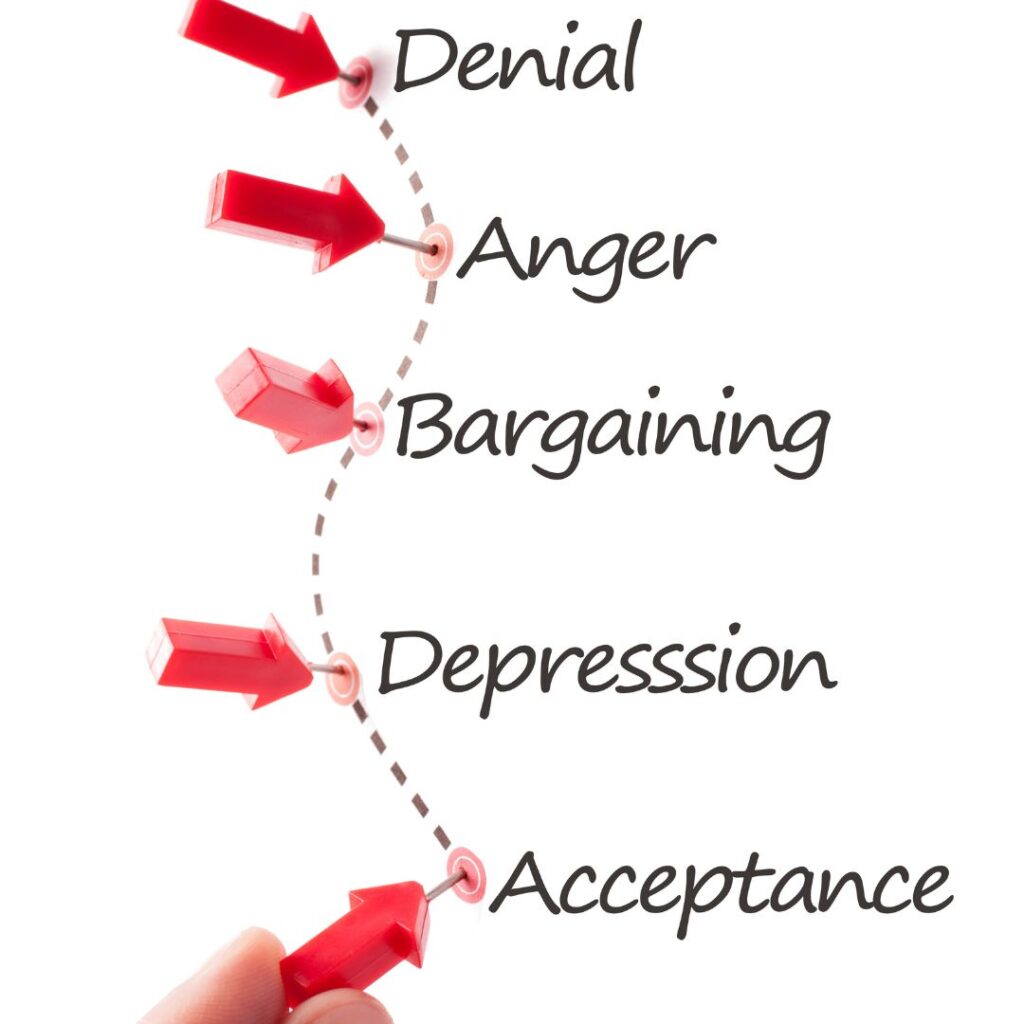Change is a scary and confronting thing. It’s because it goes against everything we are hardwired for it’s the very opposite of what our mind perceives as safe. Our mind has one job, and that’s to keep us safe. Safety comes from predictability and everything that’s familiar. We feel safe when we can predict the outcome with certainty, and yet the paradox is that craving variability is the very essence of being human.

We change something up and move from the familiar to the unfamiliar and then the alarm bells go off. Our mind starts feeding us thoughts designed to get us to move from the unfamiliar back to the familiar. The longer we stay in the unfamiliar, the louder and more urgent the thoughts.
Those thoughts keep coming until one day we’ve been in that unfamiliar territory long enough for it to feel familiar. Our mind decides we’re not actually going to die and we find ourselves in a new zone of familiarity. These thoughts are even more urgent and more pointed when the change is not of our making.
The Bridges transition model
According to the Bridges Transition Model, change is an external thing that happens to us. Our internal process for dealing with that change is known as the transition, and the change happens quickly, but the transition can take much longer. The Bridges Transition Model talks about there being three stages and you can spend as much or as little time in each of these stages. So first up, we begin with the end. Something’s changed, and that change means some things will never be the same again, this is a time for taking stock and understanding what exactly has changed, we may grieve. The Kubler Ross model defines grief as being in five stages, although those stages can happen in any order and sometimes at the same time.
Five stages of grief
The five stages of grief are denial, anger, bargaining, depression and acceptance.

It’s important to give yourself permission to feel the feelings. You don’t need to put on a brave face to make everyone else around you feel okay. Feel how you feel, and then move those feelings up and out of your body. During this first transition time, get really clear about what’s gone and what still remains.
As a manager, serve your team by communicating what exactly has changed and what, if anything, remains. Provide moments of certainty in the midst of uncertainty by providing timelines that don’t change. Help your people to understand the skills and resources that they now have, which they may choose to take into a new role or even a new organisation.
Letting go
Once we’ve let go of what is now gone, we move into the neutral zone, and this is where the seeds are planted for new beginnings.

The thing is, this zone can feel incredibly unsettling because the old one’s fallen away, but the new one isn’t yet solidified, and this is a time of creating your next identity, particularly if your identity became entwined with your previous role.
In the words of my mentor, Tracy Litt, change happens at the speed of safety, so regulate your nervous system by breathing slowly and deep down into your belly. Take that restorative yoga class. Go for a walk in nature. You can’t make healthy next choices with a jacked-up nervous system, so focus on things that relax you and bring your parasympathetic nervous system to the fore. This is a time when we may feel anxious, tearful, confused, or fragile.

Gather your support team around you, and as a manager, check in with your team to ensure that they have their own support team and more importantly, that they’re leaning into that team.
This could be the time of the quest, to decide what the next chapter will be about, and if you want to go a bit deeper on this, check out episode 38 on Essential Career Building Tools Nobody Taught You. You may also find episode 52 on Building Resilience and episode 64 on Creating Calm in Moments of Chaos helpful, should you find yourself at this stage. Now, there’s hope. There will come a time when we feel a sense of renewal, this is the third transition stage.
A time of new beginnings
We’ve forged our new identity and we’ve embarked on a pathway that supports our evolved values and beliefs. These are the values and beliefs that have been forged as a result of our experience of this change.

We feel hopeful. The energy reservoir is once more full. We have a renewed sense of purpose and understanding of our part in this world. We once more move from the unfamiliar to the familiar.
Congratulations, you made it. Doing the inner work brought about as a result of change. It can be challenging. The key is to create pockets of safety along the way. Do something every single day that you find relaxing. Set an alarm on your phone every hour that reminds you to stop. Take a slow breath in, hold it, and then slowly release it. You see there’s a direct correlation between the speed and the ease of each transition stage and the degree of safety you choose to create for your system.
If your team is going through significant change, serve them by showing them how they can regulate their nervous system in order to bring their parasympathetic nervous system to the fore.

